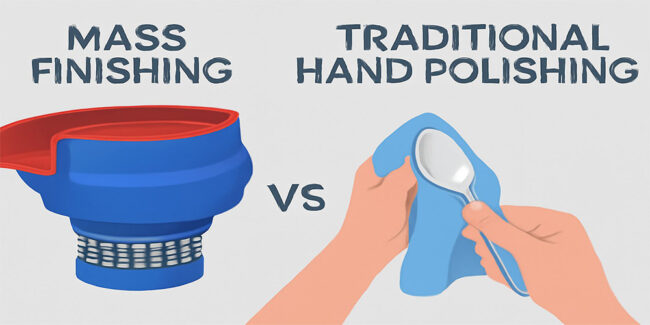بڑے پیمانے پر تکمیل کے عمل کے ساتھ دھات پالش کے لئے اعلی نکات
Anyone who’s tackled metal polishing knows the frustration: hours of manual labor that still leaves uneven results, with some areas gleaming and others stubbornly dull. Achieving consistent, professional-grade finishes across multiple parts presents even greater challenges, especially when precision and repeatability are non-negotiable in manufacturing environments. Mass finishing processes offer a game-changing solution to these…

